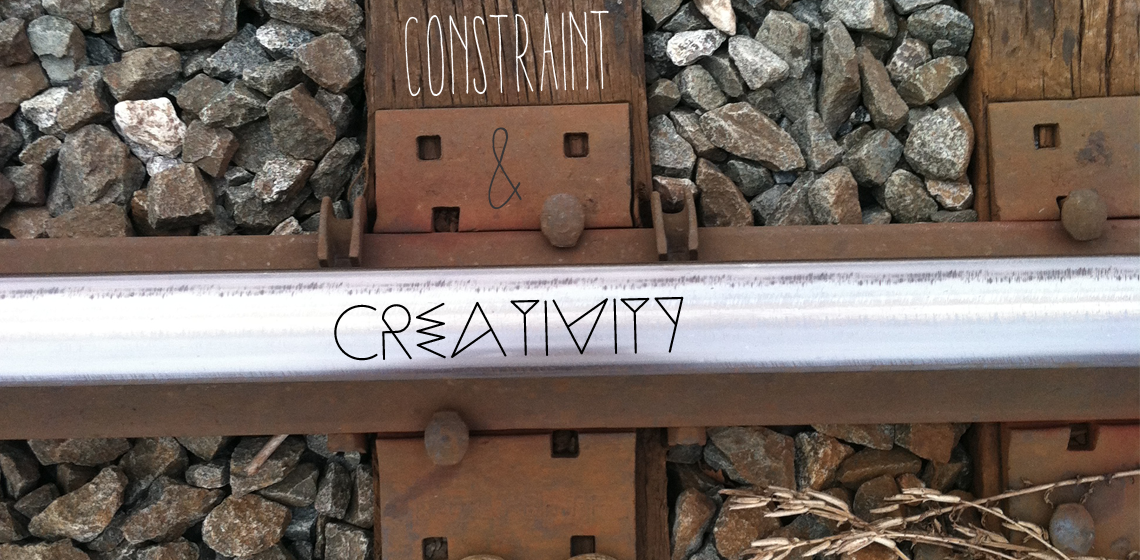Blog

Constraint & Creativity
Hearken back to your Econ 101 class. You know, the one you could barely stay awake for and just squeezed by with a passing grade; the one that was decidedly not relevant to you; this was economics after all, and you were studying to be a designer.
Well, if you made it through day one, you’re probably familiar with what economists refer to as the ‘economic problem’ — this problem essentially raises the question, “how do we satisfy our unlimited wants with our [often sadly] limited resources?”
As designers, we face this ‘economic problem’ on a daily basis– we often think that in an ideal world, we’d have unlimited freedom to explore our ideas, design, and implement the best possible solution to the problem at hand.
But in reality, the opposite is true. Too much freedom can be confusing and generally leads to a lack of direction. In the working world, we’re constantly forced to rein in our creativity based upon the constraints placed before us (budget, time, availability of resources, technology, client expectations, just to name a few).
In “Change by Design,” Tim Brown describes constraints as the competing forces of feasibility (what is functionally possible within the foreseeable future); viability (what is likely to become part of a sustainable business model); and desirability (what makes sense to people and for people). Truly good design will not only work within these constraints, but will actually strike a ‘harmonious balance’ among them (p. 18, 2009).
Competing forces are everywhere, vying for our attention and telling us they’re equally as important as the next. We’re constantly challenged to find balance amidst this juggling act.
Bloggers, writers, and great thinkers alike have all explored how creativity is affected by constraints. Let’s take a look at what a few of them have to say:
“The imposition of limits doesn’t stifle creativity—it enables it. Given fewer resources, you have to make better decisions.” —Scott Dadich, Creative Director, Wired
“Without constraints, design cannot happen, and the best design is often carried out within quite severe constraints.” —Tim Brown, CEO & President, IDEO
“Constraint is like the reflective chamber of a laser which turns ordinary light into a directed beam of focused energy.” —Steve Song
“Your creativity needs a focus, which is found by setting limits. If you can do anything your creativity stalls – there are too many decisions and you get confused.” —John Cowen
“It is a paradox that a lack of resources can actually be a greater spur to innovation than abundant access to resources.” —Steve Song
“The worst thing a designer can hear is an offhand ‘Just do whatever you want.’ That’s because designers understand the power of limits.” —Scott Dadich, Creative Director, Wired
The next time you’re faced with what seem like stifling constraints; remember that “necessity is the mother of invention,” and challenge yourself to consider how you can use the limitations set before you as the very driving force of your creativity.
